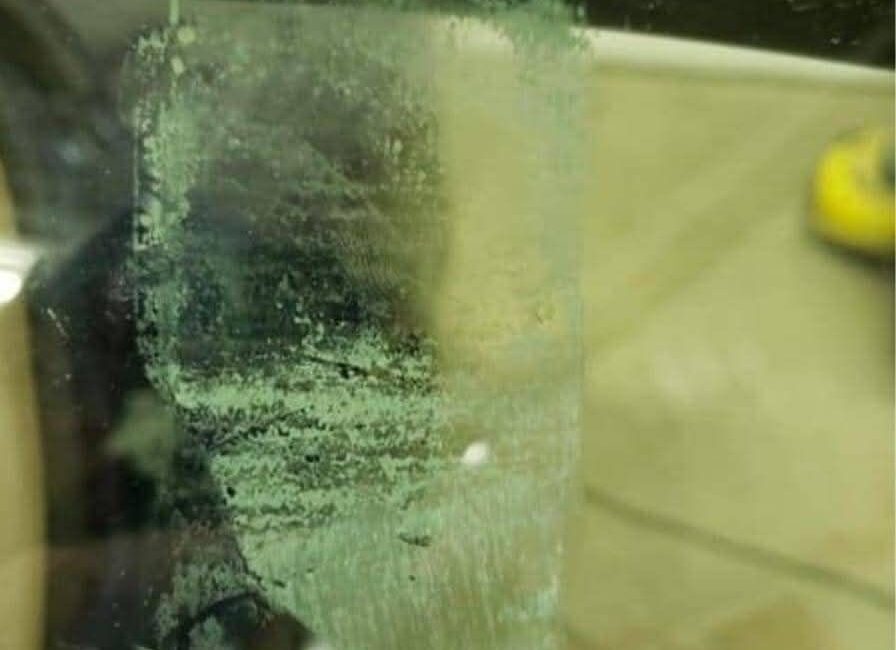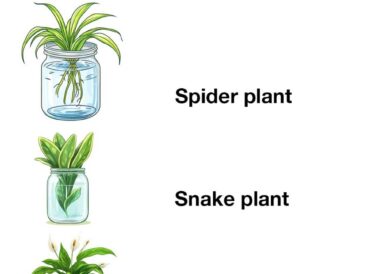Sticky tape residue on windows is a frustrating nuisance. Whether it’s from masking tape, packing tape, or decorative stickers, the leftover adhesive can turn a clear, sparkling window into a smudged, sticky mess. If you’ve tried basic household remedies like soap with warm water or vinegar without success, don’t worry — you’re not alone, and there are effective solutions to tackle this problem.
In this detailed guide, we’ll explore everything you need to know to remove sticky tape residue from your windows quickly, safely, and effectively. From understanding why tape residue sticks so stubbornly, to testing various natural and commercial removers, and knowing how to care for your windows afterward, this article covers it all.
Understanding Tape Residue: What Makes It So Stubborn?
Before diving into removal techniques, it’s important to understand why sticky tape residue is so difficult to remove.
What is Sticky Tape Residue?
When you peel off tape, the adhesive layer — typically made of synthetic rubber, acrylic, or silicone-based glue — can stay behind on the surface. This residue is a viscous, semi-solid, sticky substance that bonds strongly to glass and other materials.
Why Does Tape Residue Stick to Glass?
- Strong adhesive bonds: Tape adhesives are designed to stick firmly to surfaces, including glass, for durability.
- Chemical composition: Adhesives often contain resins and polymers that resist water and mild cleaning agents.
- Aging and curing: Over time, tape residue can harden and become more challenging to dissolve or scrub away.
- Environmental factors: Sunlight and heat can cause adhesives to soften, but also to become sticky or gummy in irregular ways.
This means that simple soap and vinegar mixtures often lack the chemical strength to dissolve the adhesive polymers fully.
Why Soap and Vinegar Might Fail Against Sticky Tape Residue
While soap and warm water can dissolve many substances, tape adhesives are designed to resist moisture to stay stuck longer. Vinegar is acidic and can help break down some residues, but it may not be strong enough for all types of tape, especially industrial or heavy-duty adhesives.
If you find that your previous attempts with soap and vinegar didn’t work, it’s time to explore more powerful yet safe solutions.
Step-by-Step Guide: Effective Methods to Remove Sticky Tape Residue from Windows
1. Use Rubbing Alcohol (Isopropyl Alcohol)
Rubbing alcohol is one of the best household solvents for removing adhesive residues because it breaks down the sticky polymers without damaging glass.
How to use:
- Apply rubbing alcohol to a soft cloth or cotton ball.
- Rub the sticky residue gently but firmly.
- The adhesive should start to dissolve and lift off.
- Wipe with a clean damp cloth to remove alcohol traces.
- Dry with a microfiber cloth to avoid streaks.
Pro Tip: Use 70% or higher isopropyl alcohol for maximum effectiveness.
2. Try Commercial Adhesive Removers
Products like Goo Gone, WD-40, or Goof Off are formulated to tackle tough adhesive residues.
How to use:
- Spray or apply the adhesive remover on the residue.
- Let it sit for 5–10 minutes to soften the glue.
- Use a plastic scraper or credit card to gently lift off the softened residue.
- Wash the area with warm, soapy water afterward to remove oily residue.
- Dry thoroughly.
Safety tip: Always test on a small hidden area first to ensure the product won’t damage your window frame or nearby materials.
3. Use White Vinegar with Baking Soda Paste
If you prefer natural options beyond just vinegar, a baking soda and vinegar paste can add mild abrasiveness to help lift residue.
How to use:
- Mix equal parts baking soda and white vinegar to form a paste.
- Apply the paste to the sticky residue.
- Let it sit for 10–15 minutes.
- Scrub gently with a soft cloth or sponge.
- Rinse thoroughly with warm water and dry.
4. Use Warm Soapy Water with Dishwashing Liquid
Click page 2 for more




